The sensitive e-skin robotic coating applies ultrasonics and AI while taking its inspiration from the Japanese art of Kirigami.
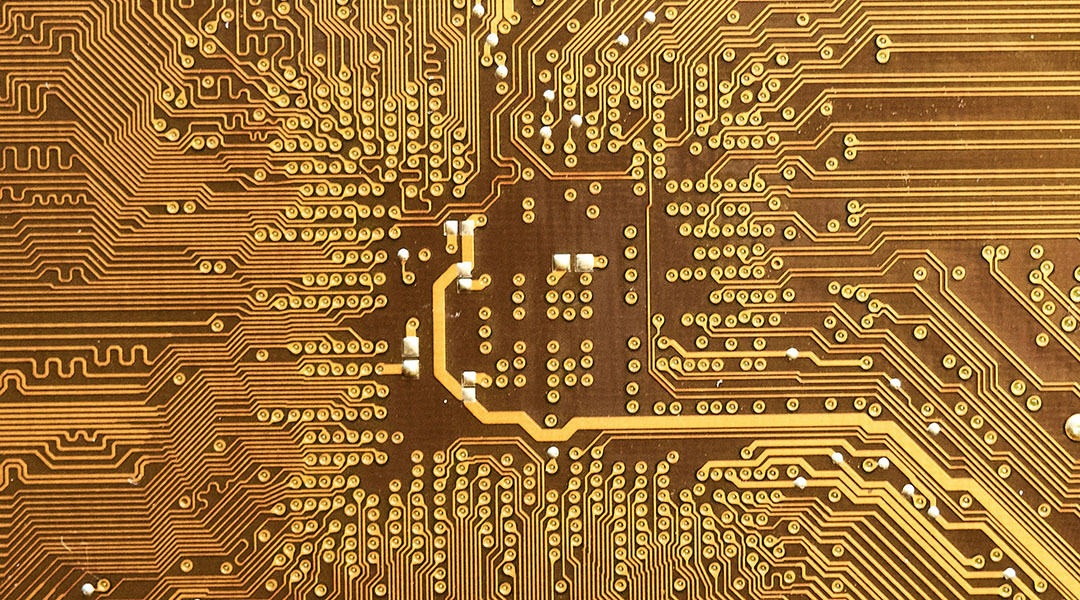

The sensitive e-skin robotic coating applies ultrasonics and AI while taking its inspiration from the Japanese art of Kirigami.
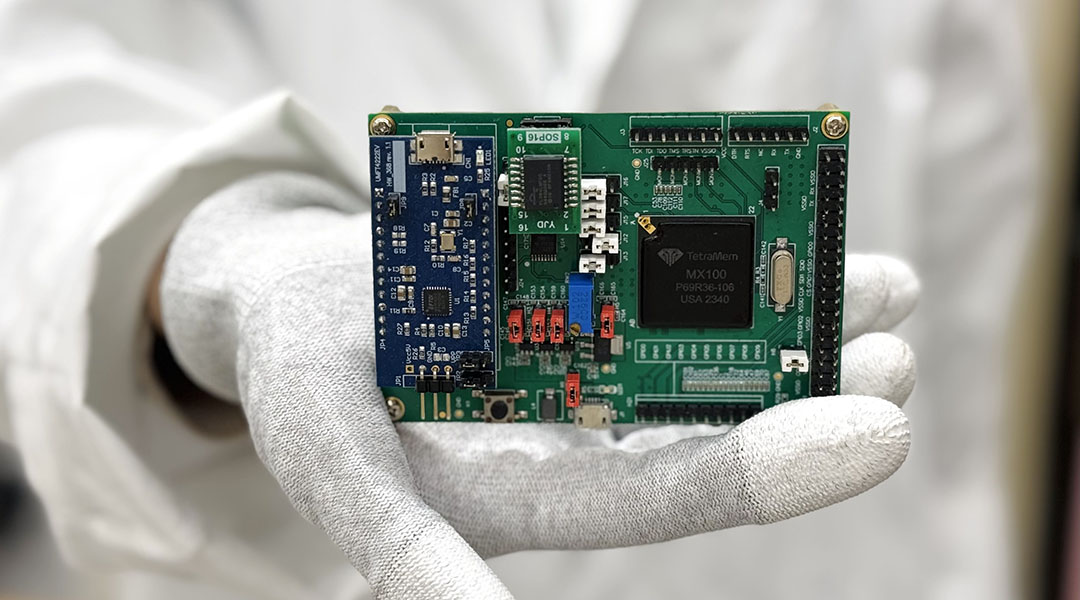
The system detects biomarkers for life-threatening diseases, such as heart attacks and cancer, enabling timely medical intervention.
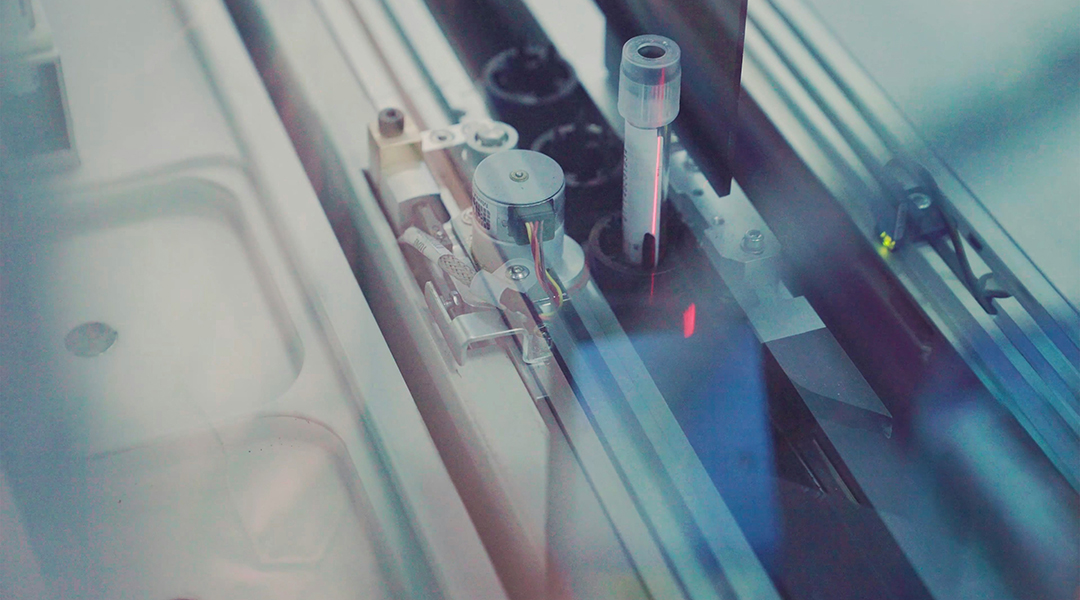
AI might be fast and efficient, but scientists still don’t know whether integrating it with cloud-based labs will be worth the rewards.

SmokeNav combines an inertial sensor and millimeter-wave radar to enhance situational awareness for first responders in hazardous conditions.
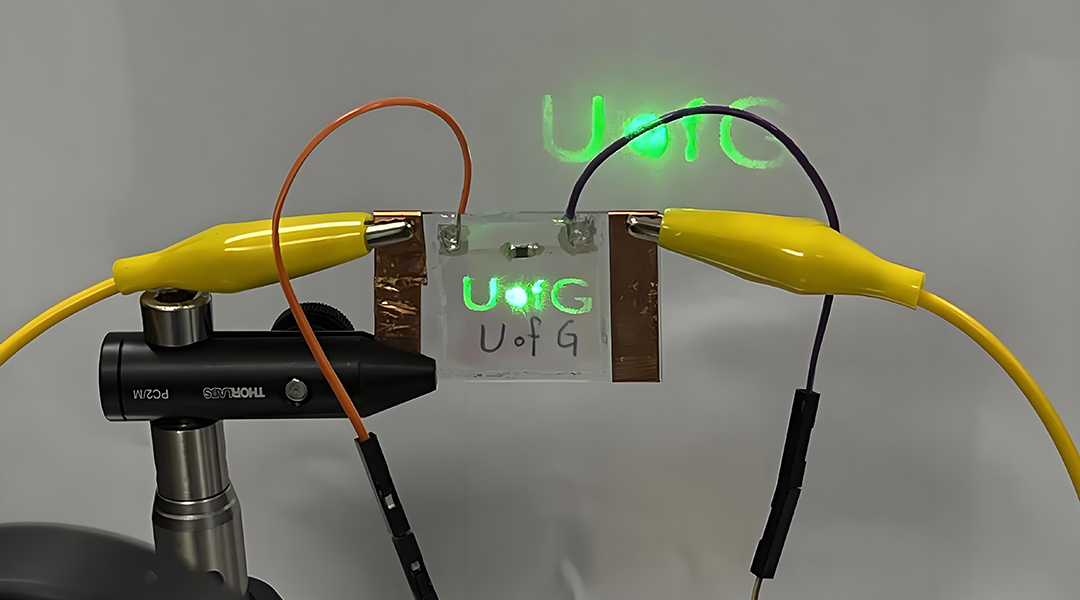
Temperature-sensitive materials seamlessly switch between VR and AR in headsets, paving the way for better extended reality experiences.
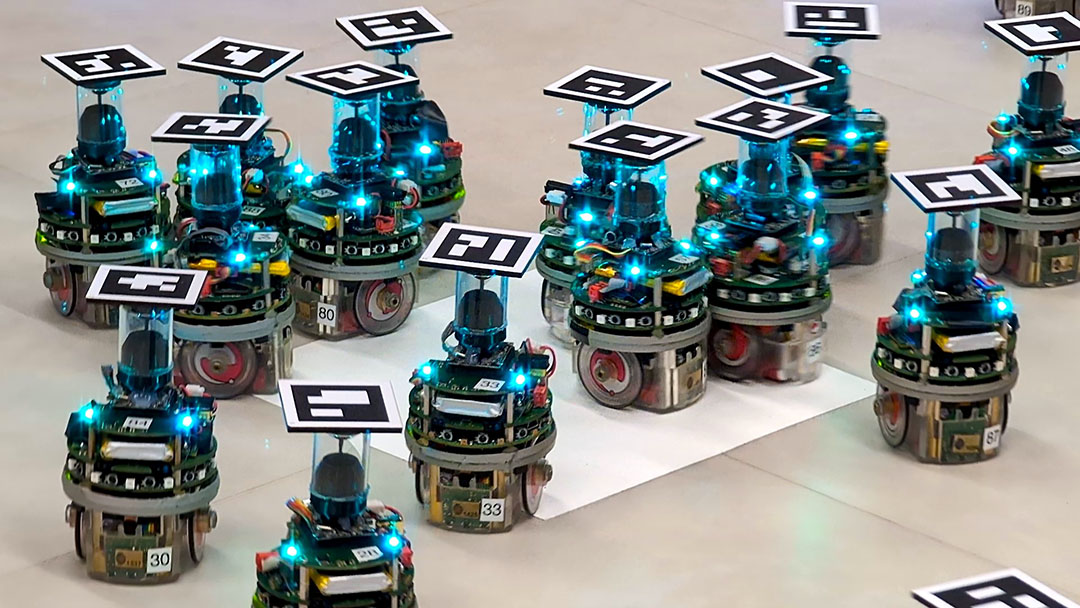
Researchers have developed an optimization program to design the behavior of small e-puck robots to allow them to work in unison.
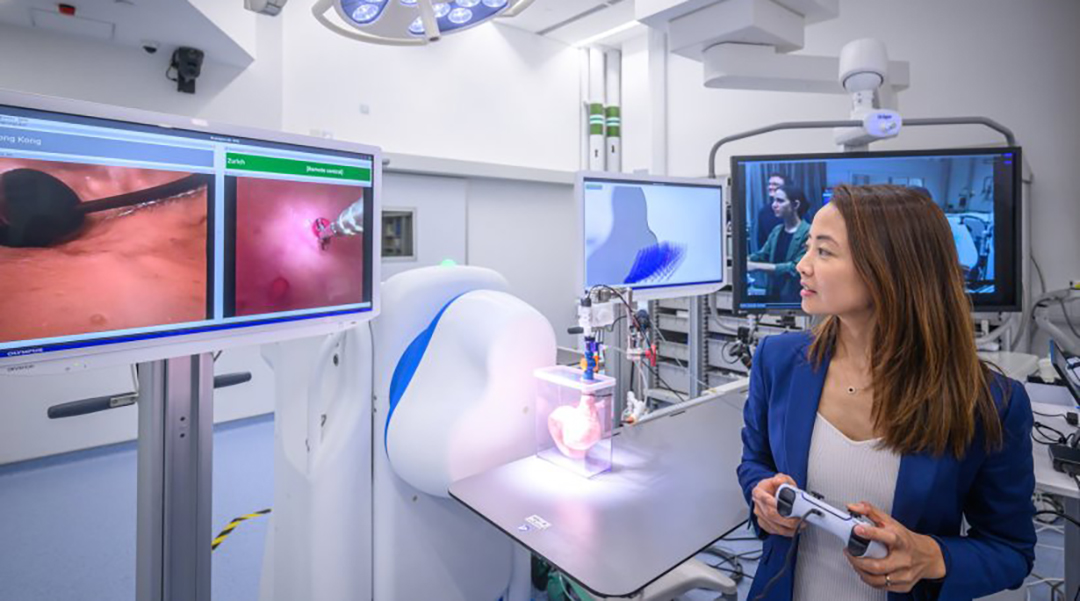
A new teleoperated robot makes it possible to perform endoscopes remotely, making the procedure available in underserviced regions.
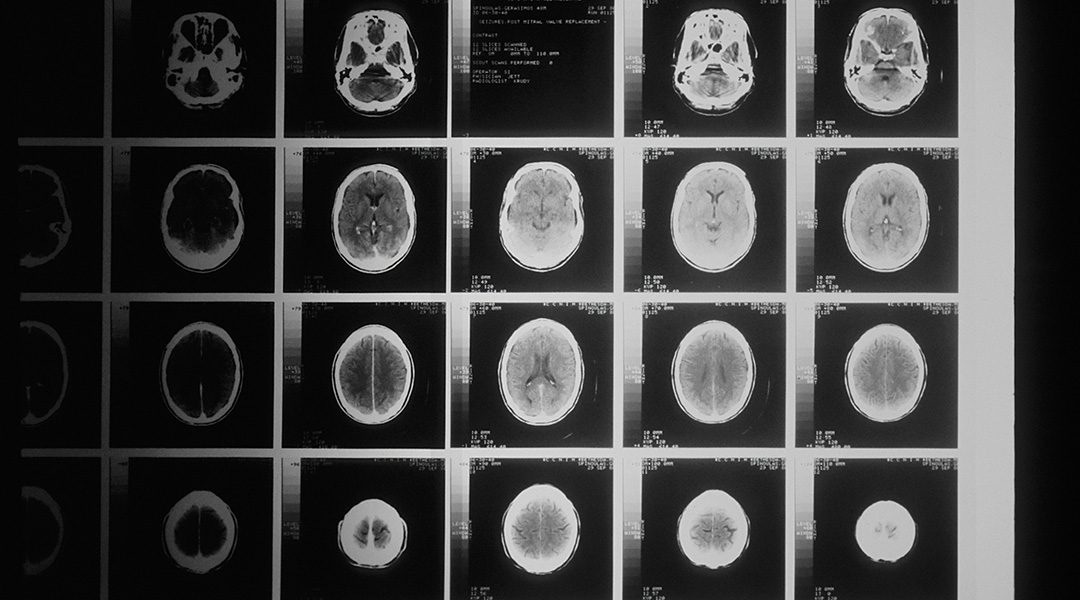
A neural network was able to evaluate connections between brain structure and clinical data to predict psychiatric disorders in youth.

With its unique carbon fiber skeleton, this jumping robot closely mimics the energy-storing tissue found in insects.
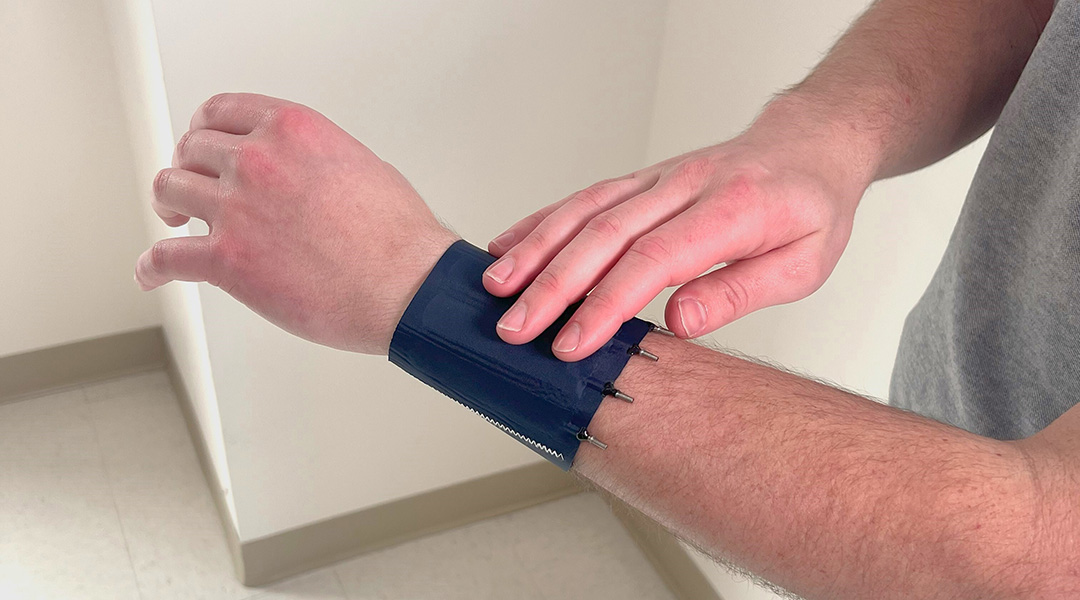
A haptic sleeve combines a new kind of on-demand information with soft textiles, taking haptic technology to new levels.